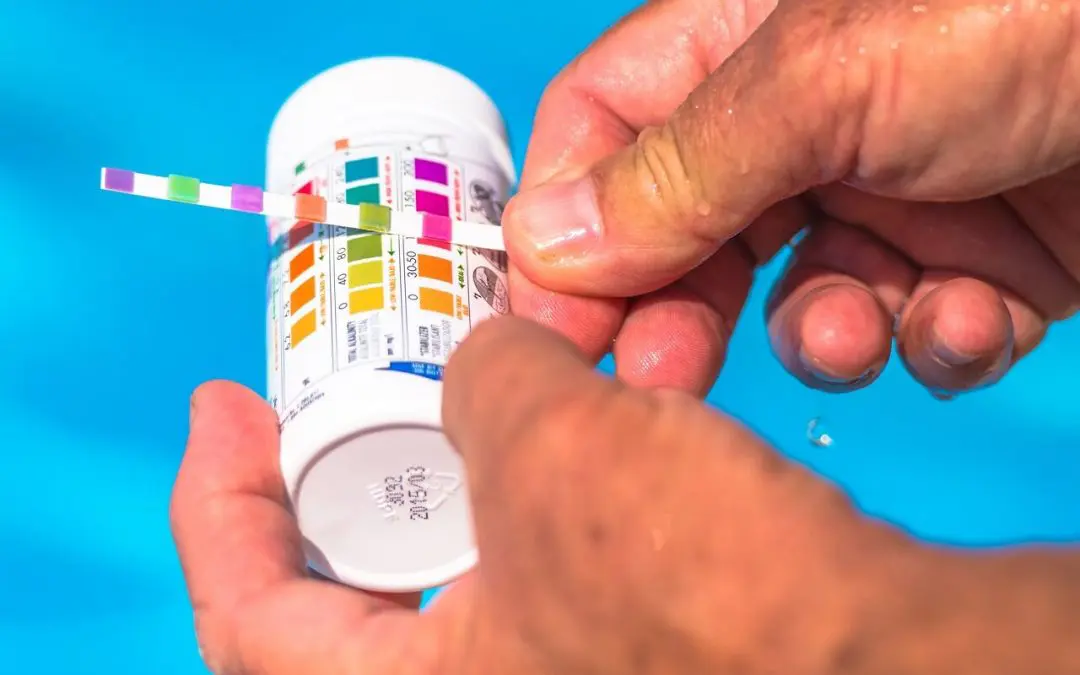One of the best things about warmer weather is enjoying the swimming pool. Regular pool maintenance is the key to having a clean and safe pool for your family. Below are three simple and effective pool maintenance practices that every swimming pool owner should be doing.
Let’s look at ways to maintain your pool so it will be ready to enjoy all summer long. Pool maintenance is based on three key concepts: chemistry, circulation, and cleaning.
Maintenance Starts with Water Circulation
Still and stagnant water is a breeding ground for bacteria and mold which can put your health at risk. Moving water is cleaner and safer for you to swim in. Proper water circulation is necessary for a healthy pool.
A swimming pool with adequate water circulation will rarely have algae growth or murky water. It is recommended to keep the filter and pump system running throughout the day. However, if you’re unable to do so, you should run your pump and filter for at least 11 hours daily.
Backwashing the filter regularly is as important as keeping your filter running for the recommended number of hours. Backwashing means reversing the water flow in your filter. This helps push the accumulated dirty and contaminated water to the waste port, thus removing them from your pool.
Cleaning Schedule
With proper circulation, cleaning will be much easier. All you need is basic cleaning equipment like a pool brush, skimmer, and pool vacuum. Swimmers unintentionally introduce dirt and contaminants into the pool, including hair products, lotions, and other chemicals.
In addition to this, you will also need to deal with twigs, insects, and leaves that fall into the water. Vacuum, brush, and skim your pool at least twice a week to keep the water free of debris. Installing an automated pool cleaner significantly reduces the amount of work you’ll have to do, although you will still need to brush and skim your pool regularly.
Water Chemistry is Important for Pool Maintenance
Proper pool chemistry is important for safe and healthy water. It is simple and straightforward with the right water testing kit. Pool water chemistry has three important facets: pH levels, sanitizer levels, and alkalinity. You must balance these aspects to keep the water safe.
The pH level is the measure of the acidity of the pool water. Too high or too low and the water can be harmful to your skin. The ideal pH level should range from 7.3 to 7.5. Alkalinity helps control acidity. The recommended range is 100 to 140 parts per million. Sanitizer levels measure the amount of chlorine in your pool. The ideal range depends on the type of sanitizer used in the pool.
Swimming pool maintenance becomes easier once you get into a routine. You’ll keep family and friends safe with a clean, well-maintained pool.
Blackbird Home Inspections provides inspection services to homes in Central Arkansas. Contact us to schedule an inspection.

